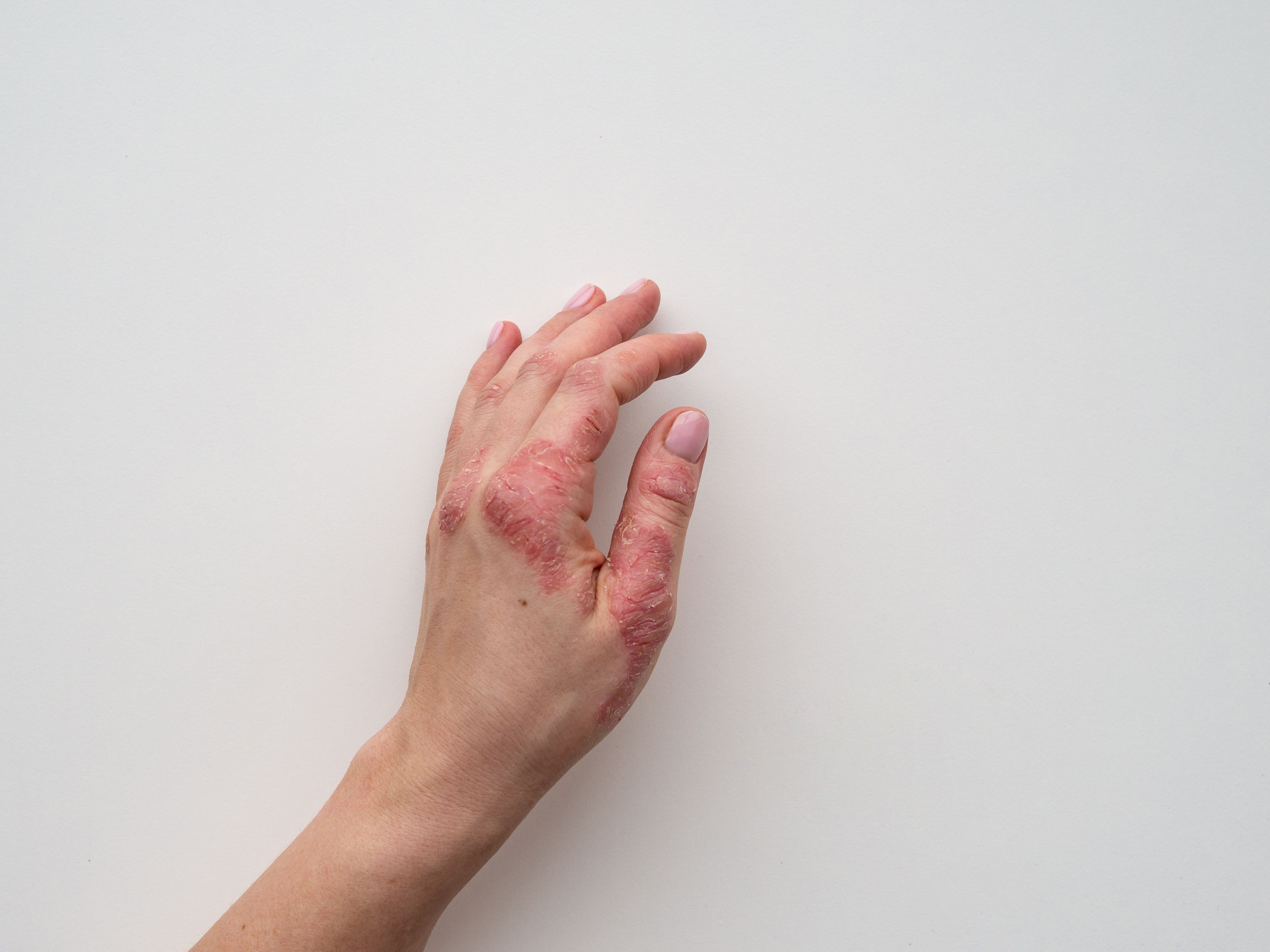Video
Dr David Rosmarin on How Vitiligo Impacts Quality of Life
Author(s):
Individuals tend to be more affected by vitiligo if it is visible on their face or hands, said David Rosmarin, MD, vice chair of research and education, Department of Dermatology, Tufts Medical Center.
David Rosmarin, MD, vice chair of research and education, Department of Dermatology, Tufts Medical Center, explains how vitiligo can impact a patient's quality of life, and why oral and topical treatment options are important.
Transcript
How does vitiligo affect a patient’s quality of life?
Vitiligo can be very impactful on patients' lives. We know from our research that oftentimes teenagers are very affected by their vitiligo. If patients have involvement of exposed areas such as the face or hands, they often are more affected by their disease. Additionally, if the disease is uncontrolled or progressive and somebody doesn't know when are they going to get another lesion, that also can really affect their quality of life. But every patient is different and some people are not as bothered, and we need to be able to accept everybody who has vitiligo and, for those who want to repigment, hopefully provide them that option.
Do you see a difference in adherence between topical and oral treatments?
It's important to have both an oral option to treat diseases as well as topicals. Orals can be particularly helpful for patients who have a large body surface area, or who find it inconvenient to use topicals, or maybe have progressive or unstable disease, whereas topical treatments are great because you avoid or minimize systemic exposure, and often are great for people who have more localized disease.




